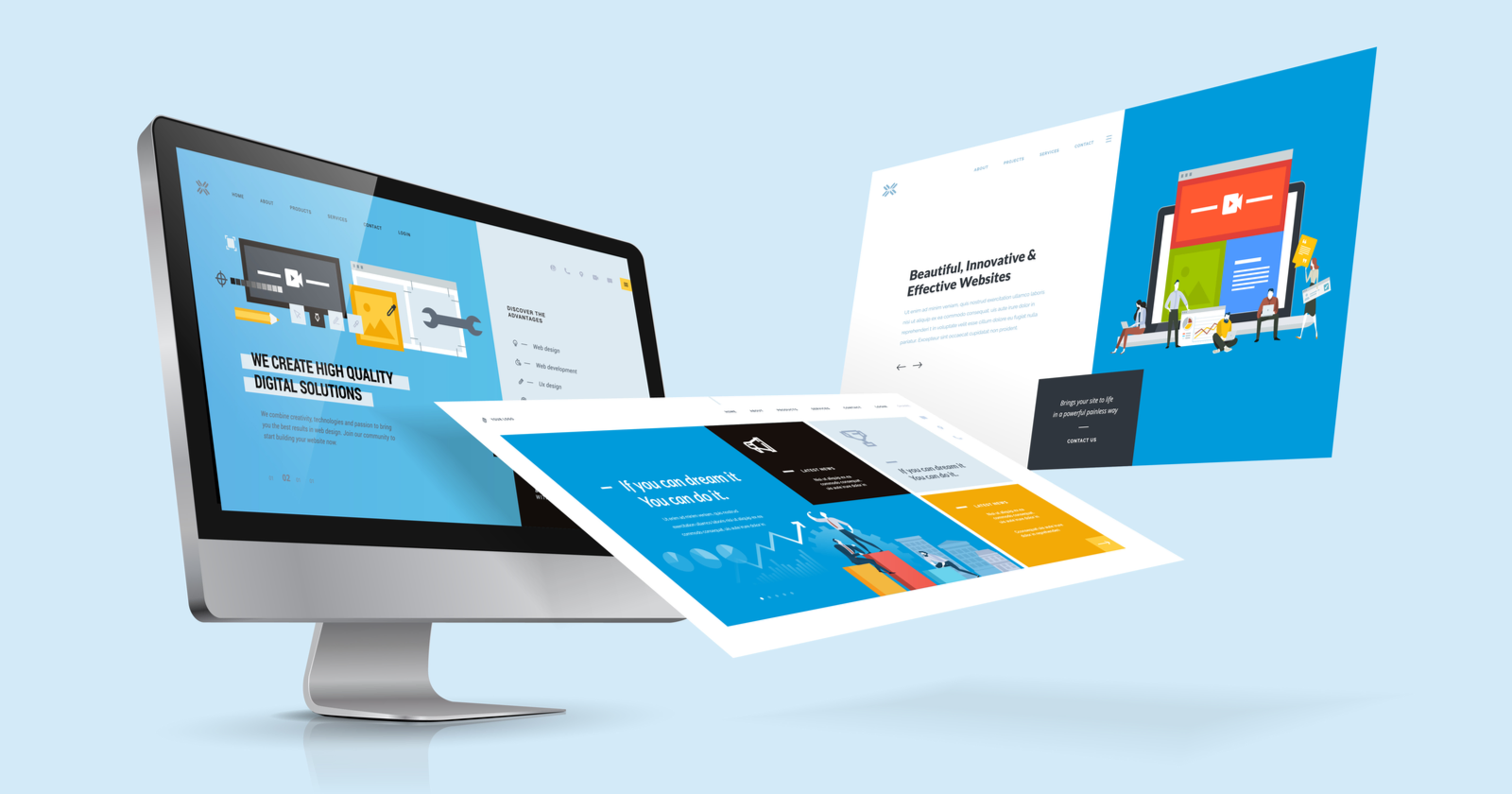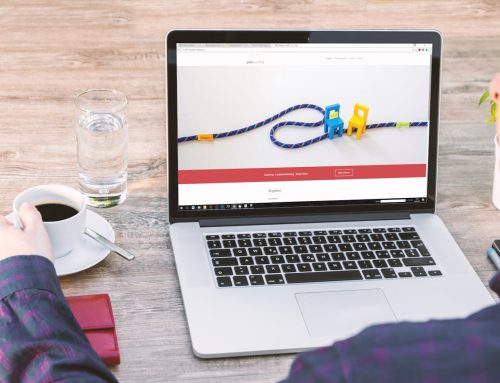Web design is the process of crafting the visual and interactive aspects of a website, focusing on aesthetics, functionality, and user experience. It encompasses several fundamental elements to ensure a website is attractive, easy to use, and effective in meeting both business and user needs. Here’s a breakdown of web design essentials:
1. Layout and Structure
- Grid System: A grid system organizes content into rows and columns, helping with alignment and consistency, providing a visually structured and balanced layout.
- Responsive Design: Responsive design ensures your website adapts seamlessly to different devices, offering an optimal viewing experience on desktops, tablets, and smartphones.
- Navigation: Clear and intuitive navigation helps users easily find the information they need. Common approaches include top menus, sidebars, and footer links for easy access to key pages.
2. Visual Design Elements
- Color Scheme: The choice of colors reflects the brand’s identity and evokes emotions. It’s crucial to maintain contrast for readability and highlight important elements like buttons or CTAs (calls to action).
- Typography: The selection of fonts should be both readable and aligned with the brand’s tone. A clear hierarchy (using different sizes and weights) guides users through the content.
- Images and Graphics: High-quality visuals, whether images, icons, or illustrations, enrich the user experience. They should be optimized for performance to avoid slowing down the website.
- Whitespace: Whitespace (or negative space) helps declutter the design, improving readability and guiding the user’s attention to important areas.
3. User Experience (UX)
- Usability: Prioritize ease of use by designing intuitive interfaces, making sure navigation is straightforward, and guiding users with clear calls to action.
- Accessibility: Ensure the site is usable by all, including people with disabilities, by incorporating alt text for images, adequate color contrast, and keyboard-friendly navigation.
- Consistency: Maintain a cohesive design throughout the website. Consistency in colors, fonts, and layouts makes it easier for users to navigate and understand your site.
4. Content
- Quality Content: Write clear, engaging, and audience-appropriate content. Concise, direct language helps users understand your message quickly.
- Content Hierarchy: Use headings, subheadings, and bullet points to create a visual hierarchy. This structure allows users to scan content easily and find the information they need.
- Visual Content: Multimedia elements such as videos, infographics, and images can break up text and present information in engaging and diverse ways.
5. Functionality
- Interactive Elements: Buttons, forms, sliders, and other interactive components should be easy to use and support the website’s objectives, like engaging users or collecting information.
- Performance: Optimize site performance for fast load times by compressing images, minimizing code, and leveraging caching. A fast website enhances user experience and SEO.
- Cross-Browser Compatibility: Ensure the website functions properly across different browsers (e.g., Chrome, Firefox, Safari) to provide a consistent experience for all users.
6. Search Engine Optimization (SEO)
- On-Page SEO: Optimize content, code, and images for search engines by using relevant keywords, meta tags, and proper headings to improve visibility in search results.
- Mobile Optimization: With mobile traffic often exceeding desktop traffic, design with a mobile-first approach to ensure the website is optimized for mobile users.
- URL Structure: Use clear, descriptive URLs that reflect the page content, helping both users and search engines understand the website’s structure.
7. Branding
- Brand Identity: The website’s design should align with the brand’s identity, using consistent logos, colors, fonts, and imagery that reflect the business’s values and message.
- Tone and Voice: The content and design should maintain a consistent tone and voice—whether formal, friendly, or authoritative—to reinforce the brand personality.
8. Prototyping and Testing
- Wireframing: Wireframes are blueprints that help plan the layout and functionality of the website before adding design elements, ensuring a solid structure.
- Prototyping: Prototypes simulate the user experience and help test functionality. Tools like Figma, Sketch, or Adobe XD allow designers to create interactive prototypes for user testing.
- User Testing: Test the website with real users to gather feedback and identify issues. This helps refine the design and ensure it meets user needs before the final launch.
9. Maintenance
- Regular Updates: Keep the website current by updating content, fixing bugs, and performing regular maintenance. This ensures the site remains secure and performs well.
- Analytics and Feedback: Use analytics tools like Google Analytics to monitor user behavior and site performance. Feedback from these tools informs decisions for ongoing improvements.
By mastering these basics of web design, you can create a website that’s visually appealing, user-friendly, and effective in driving results for your business or project.









